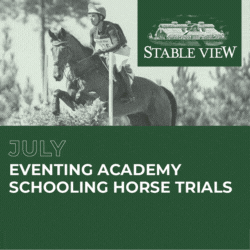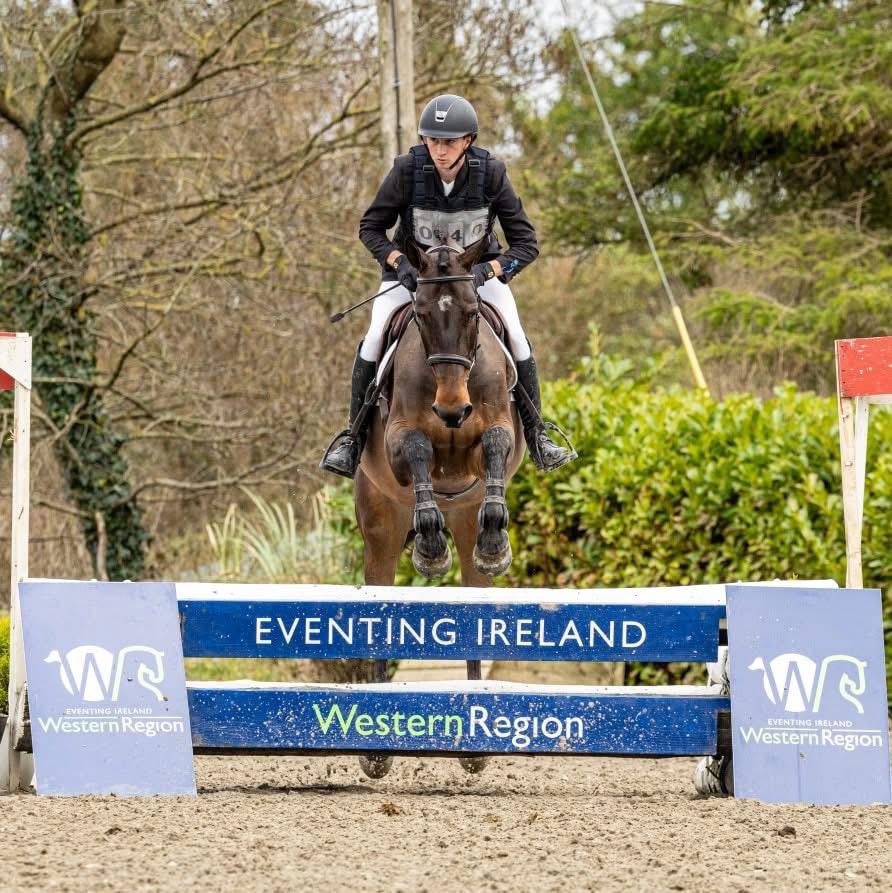Your very official Thursday schedule
I arrived at the PHC meeting slightly late after a long drive from Virginia to Nashville. A quick sprint down a few hallways, a hurried registration, and a run down few more hallways later, I slid into the back of a room filled with many of the movers and shakers of US eventing including leading coaches, course designers, riders, and organizers. The PHC is one of my favorite organizations within the USEA partly because of the great leadership of Jon Holling and Peter Grey and partly because it is one of the best opportunities in our sport to bring together key groups of professionals such as riders and organizers who often find themselves with different pressures, views, and goals throughout the competition season.
Here are a few notes about various discussion topics during the second half of the meeting:
Footing — We all have an interest in improving the footing at events and Phillip proposed making compaction and moisture meters available to events to evaluate their footing before and during an event. As with anything, change begins with measurable feedback.
A yellow/red card system for ineffective trainers and coaches — Danny Warrington started the discussion by describing the possibility of a carding system for coaches and pointing out that one big issue is that TD’s can’t be everywhere. One possibility to resolve that is a system to alert TDs to watch certain trainers whose students are consistently falling off or riding dangerously. A big problem with a card system is that the USEF and USEA can’t prevent people from coming back onto an event’s property. To make matters more challenging, many of the coaches are not members of the USEA or USEF which makes enforcement even harder. A possible “penalty” for being carded might be to make offending trainers go through ICP certification and then welcome them back to events, but that doesn’t solve the enforceability problem. The conclusion was that it will be hard to implement but the beginning step might be to make up a system of telling certain coaches that they are being watched. PHC cochairman Jon Holling resolved that the PHC would continue discussion of the issue.
Trying to improve cross-country course discussions in the USEA show information — This discussion was suitable for horsemen with some experience at this level. Bobby Costello mentioned the possibility of having the rider rep, TD, and president of the ground jury give a difficulty score of each level following a competition. That score would be averaged and then we would have that be the score for the next year. The problem here is that the course can change from year to year. Another option is to have the course designer score the course a week before the opening date of the event. One of the problems that was discussed is that, with the use of more portable jumps, courses tend to change from weekend to weekend more often these days. Another problem is that course designers might have different grading scales. A top rider raised the issue of people possibly screening events by making sure they attend easier scoring events. He suggested keeping it simple and said “preliminary is preliminary–know the level.” Will Faudree proposed leaving the task of talking to riders and combining difficulty scores up to a certain website known for eventing news and ridiculousness. A representative of said website will reportedly contact Will explaining that they already have no friends because they spend their life in front of a computer even without compiling rating systems for every event in the US. The discussion ended with the idea that perhaps the easiest solution is asking the organizer to provide a more comprehensive description rather than just “suitable for horses with some experience at the level.” Incidentally, a similar phrase was my top choice for the EN tagline way back when Visionaire held a poll to select our tagline.
Rider Representative feedback forms are not getting filled out by the rider reps — Peter Grey started the discussion by saying that the form is three pages long and one step might be to condense the form slightly. This is an important issue because the PHC has worked really hard to get a more active say about what is going on at events. Jon scolded the room forcefully for not taking advantage of an opportunity to have a voice in our sport. Bobby chimed in by saying that if you know you are going to be a rider rep who won’t fill out a form then don’t be a rider rep. Some key points were made about making the form easier to fill out online and publicizing rider reps who do not fill out the form. Hopefully more forms will get filled out in 2012.
Clarifying the area rider rep rule — According to Peter Grey, the USEA has questioned if we want to have rider reps on the area committee. Jon said that he will be contacting various riders about being on their area’s board as the rider representative. This role will involve being on more email lists and attending the area annual meeting.
Rider watch lists — Currently there is an online system–I believe through the USEF–for reporting dangerous riding and then the rider will be contacted to discuss their riding and to notify them that they have been placed on a watch list. Jon mentioned that only one rider had been reported over the past year and that they had been contacted with a favorable result. We all know that there have been more than one dangerous ride this year, so again the issue comes back to getting more people to use a system that is already in place.
Bigger intermediate and advanced divisions — There is a proposal for stopping the rule that now requires organizers to break up divisions with more than 40 riders at the intermediate and advanced level. This would allow for larger upper level horse trials divisions and more prize money. Apparently this initiative is moving forward and has a good chance of becoming a rule change.
One overall issue that came up several times throughout the meeting is the problem of defining the role of an organizer. Multiple organizers expressed frustration that more and more roles are being put on the organizers, for example, making sure rider reps fill out their feedback forms.
In my opinion, the biggest issue at this year’s USEA convention is the repeal of the one fall and out rule for training level and below. The word is that the rule wording is moving through committees and is currently in the exact same form for training and below as the pre-one fall and out rule wording. The rule will supposedly change wording throughout the next few days before being discussed and voted on by the USEF Eventing Technical Committee on Saturday.
Strap in Eventing Nation, it’s going to be a productive and exciting USEA convention. Go eventing.





















